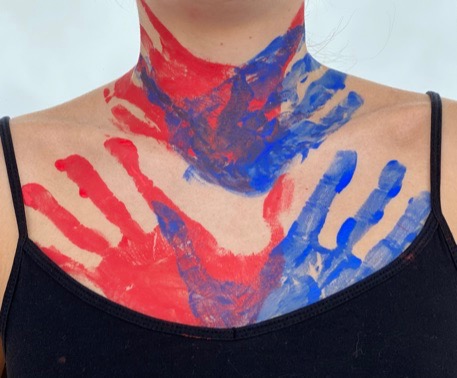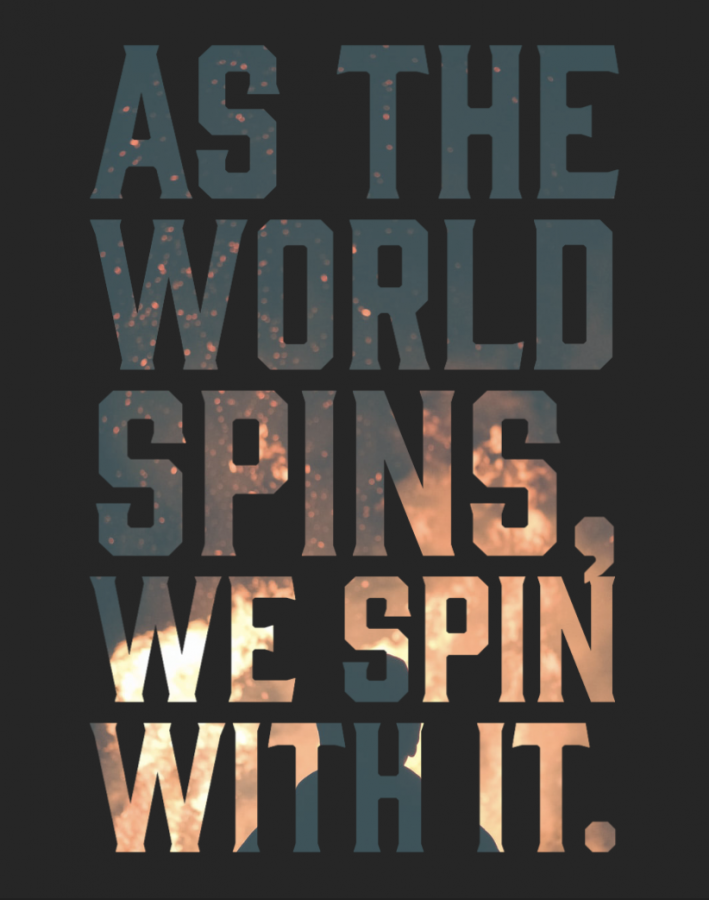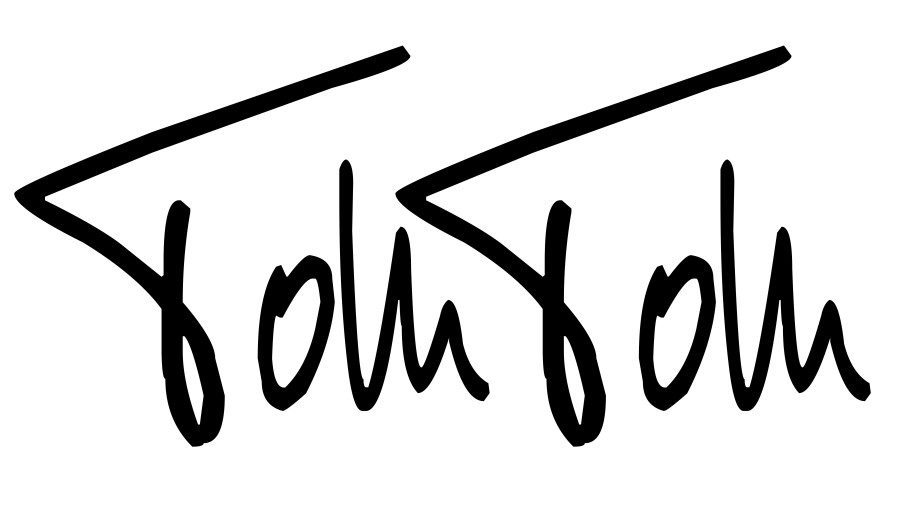Volunteering to look good and volunteering to initiate change: where’s the line? Are people initiating change to do good, or simply to look good? The answer: people do both. People will continue to feed the homeless to prove that humanity still exists, but they’re also trying to get a few extra likes.
To gain an extra cord at graduation, you need to be considered a good student: a student with three capstone class credits, nearly perfect attendance, no office referrals and 40 hours of service documented on a piece of paper. We’ve been told our whole lives that these things define us, so we jump at any opportunity to be seen as better, even if that means becoming worse.
College applications have a section dedicated to volunteerism and what was learned through those experiences. We have clubs and organizations that are full of students dedicated to creating a change in the local community. Local churches and religious groups go on mission trips to serve those that are less fortunate.
The idea of change is to improve something that needs to be fixed. But who defines the broken? Who is the one that sits on our misfortunes and picks apart our human decency?
Be it through verbal or physical commitment, following through is necessary in order to see the impact. Students can acknowledge the fact that change needs to occur; we can point our fingers, come up with examples and say it can be done, but if there is a lack of physical action behind the acknowledgement no change is truly enacted.
There are motivations behind every action. Without a thought, we continuously repeat actions in our everyday lives. As high school students, it’s become the norm to spend hours on our phones, creating an image for ourselves on a screen. By doing this, we simply look good. This can be followed using the Australian wildfire posts. Following the devastation, Australian wildlife foundations created posts for its followers to donate money to the cause through sharing. Stories linked to profiles dedicated to the fires filled social media platforms. “Share to donate $1” posts spread through Instagram, igniting users to engage in such an easy task. Users felt as if they contributed to an important cause. But if the flooding of shares occured and contributions were made, why are the fires still blazing?
If students incorporate volunteering in their lives in hopes of recognition and approval from others, then their dedicated time is counterproductive. Every individual has a desire to be well-liked; the things we post on social media reflect our best selves, also allowing the opportunities for followers to react. Likes, shares and retweets permit users to start and follow trends seen on the screen.
Once it goes beyond the likes, beyond the screen, beyond our self created image, it lasts. It creates a chance to see a different perspective, to experience the abnormal. We can feed the starving children, make homes for the homeless, give love to animals that have lost that connection all day long with lasting impact. But only if we get off our a$$es and do something.







